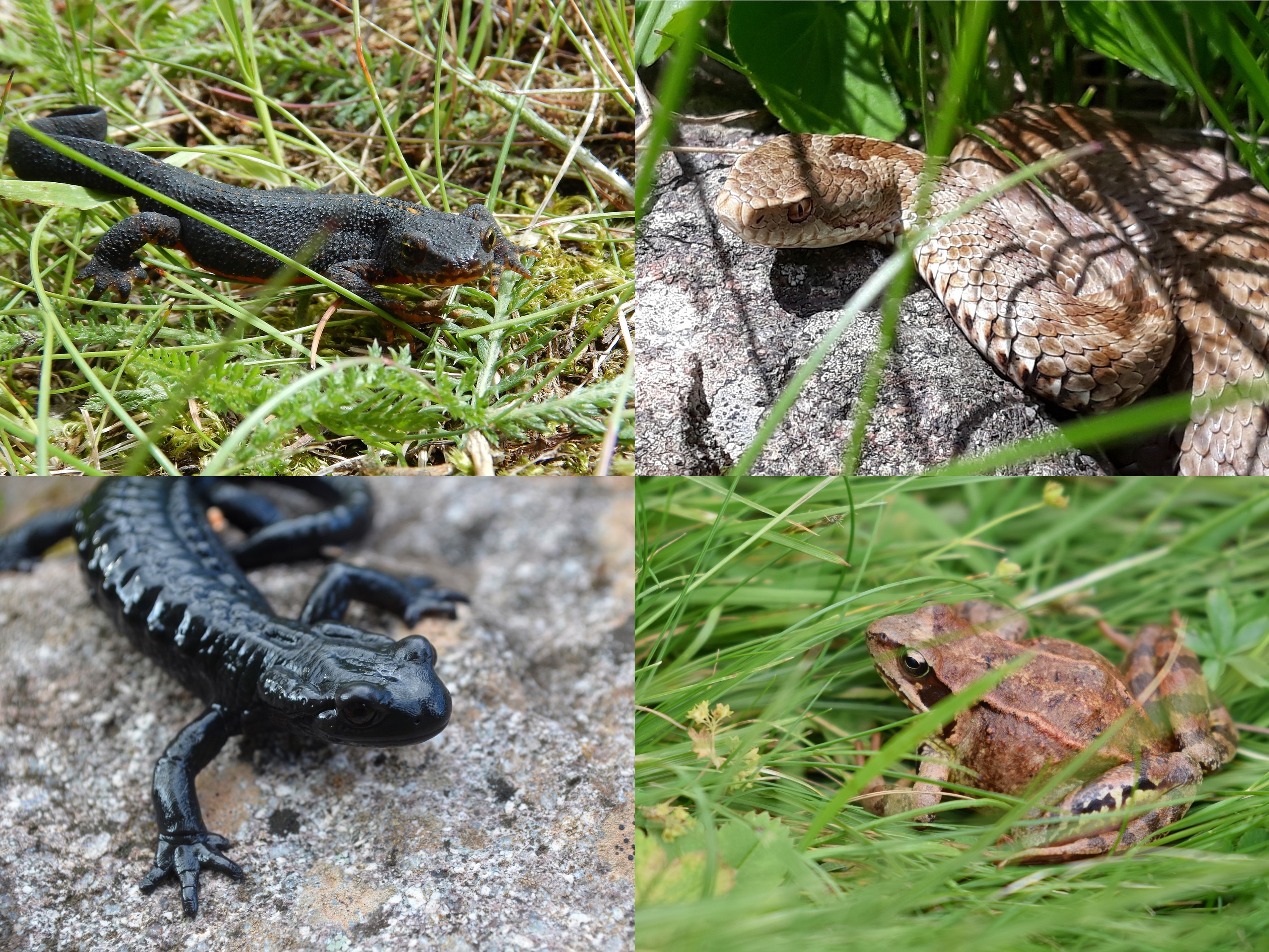Influence of winter tourism on montane herpetological communities in Europe
Project leadership: Dr. Annegret Grimm-Seyfarth, Prof. Dr. Klaus Henle
Staff responsible: Michele Chiacchio
Cooperation partners: Paneveggio-Pale di San Martino Nature Park
Contact person: Michele Chiacchio
Project duration: since 2018
Project description
The Alps are one of the most biodiverse regions in Europe. In recent decades, however, there have been major habitat changes. Besides global climate change, some of the main causes for this are habitat fragmentation and the abandonment of traditional agro-pastoral practices. Among the sources of landscape modification, the development of regional ski tourism is one of the most intensive and durable. The construction and maintenance of ski-runs and related infrastructures have far-reaching effects on the habitat and microclimate and thus on the composition and diversity of montane flora and fauna. Reptiles and amphibians are particularly affected, as they are extremely sensitive to changes in temperature and microhabitat availability.
The influence of ski tourism on the herpetofauna of the European Alps has only been investigated sporadically in previous studies, which is why this study has set itself the goal of investigating these effects at various levels (individuals, populations, communities). The aim is to determine the contribution of different environmental factors on body condition, population structure and species occupancy. Moreover, we will compare microclimatic variabilities on ski-runs with those of traditionally used meadows. Finally, the distribution of focal species will be assessed using a habitat model that will include current and future climate and land use scenarios.
After a preliminary field study conducted by PhD student Michele Chiacchio in Paneveggio-Pale di San Martino Nature Park in Trentino (Italy) in the summer of 2018, this region proved to have the best prerequisites as a study area. The park is divided into three differently managed areas: an untouched protected core zone, a buffer zone and an outdoor recreation zone with ski-runs. First results already show differences in the abundance of individuals between the different zones. Data collection in all three habitats will continue until 2020. In addition to the recording of amphibian and reptile species, the vegetation, soil temperature and moisture differences between the plots will be measured and included in the interpretation. Animals will be captured using a combination of techniques including cover boards, funnel traps and active searches transects while microclimates will be measured using temperature/humidity loggers.

